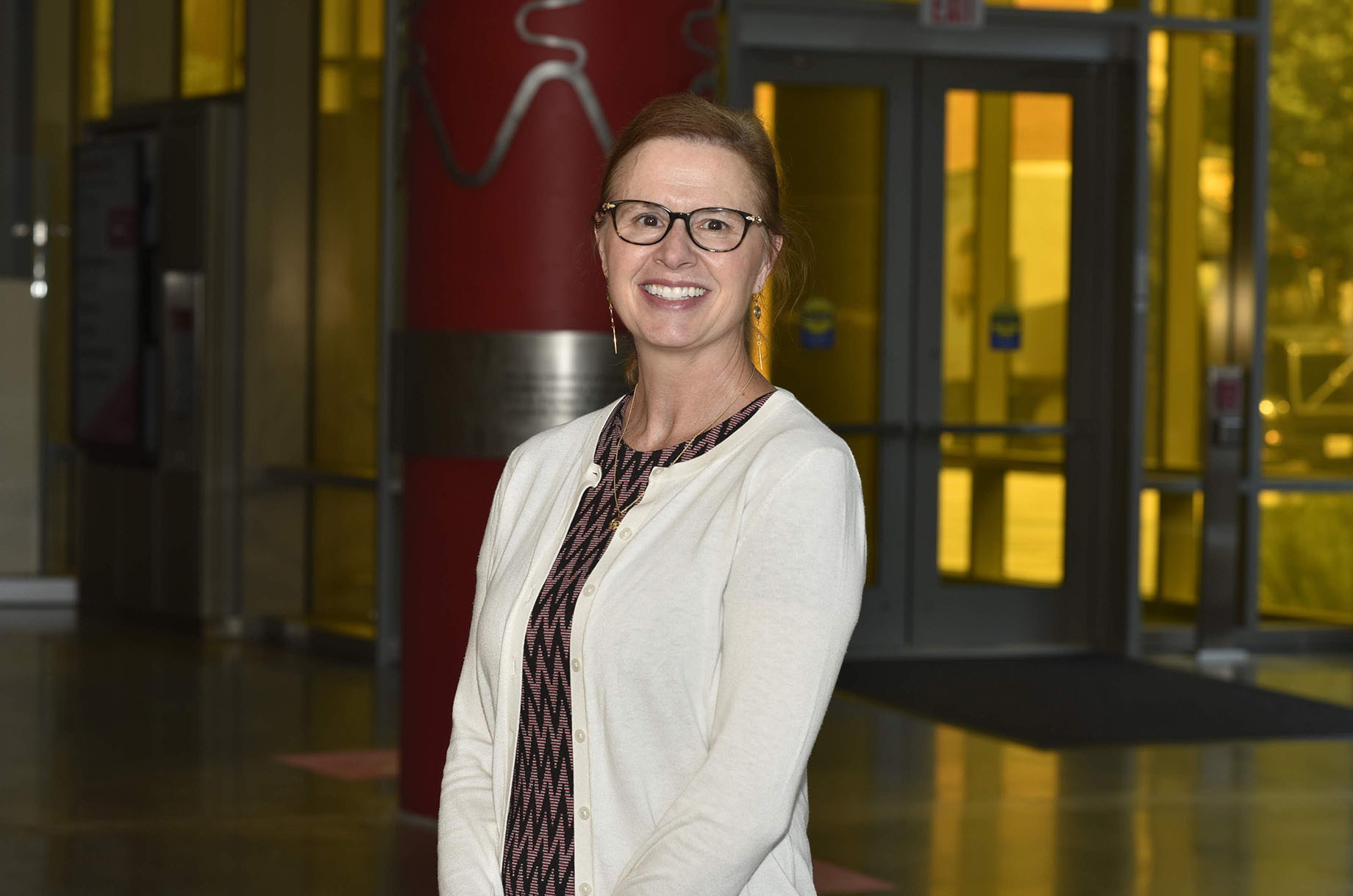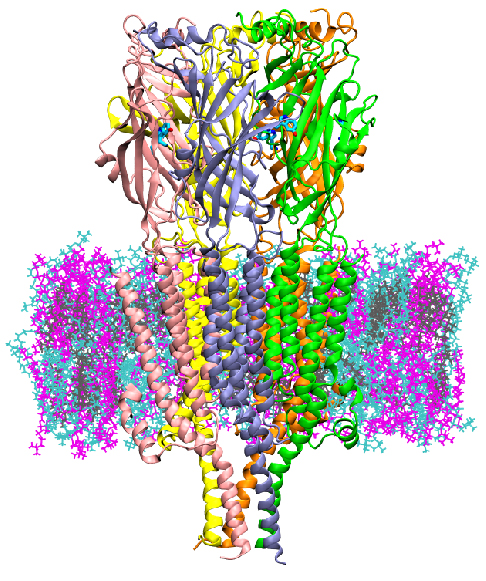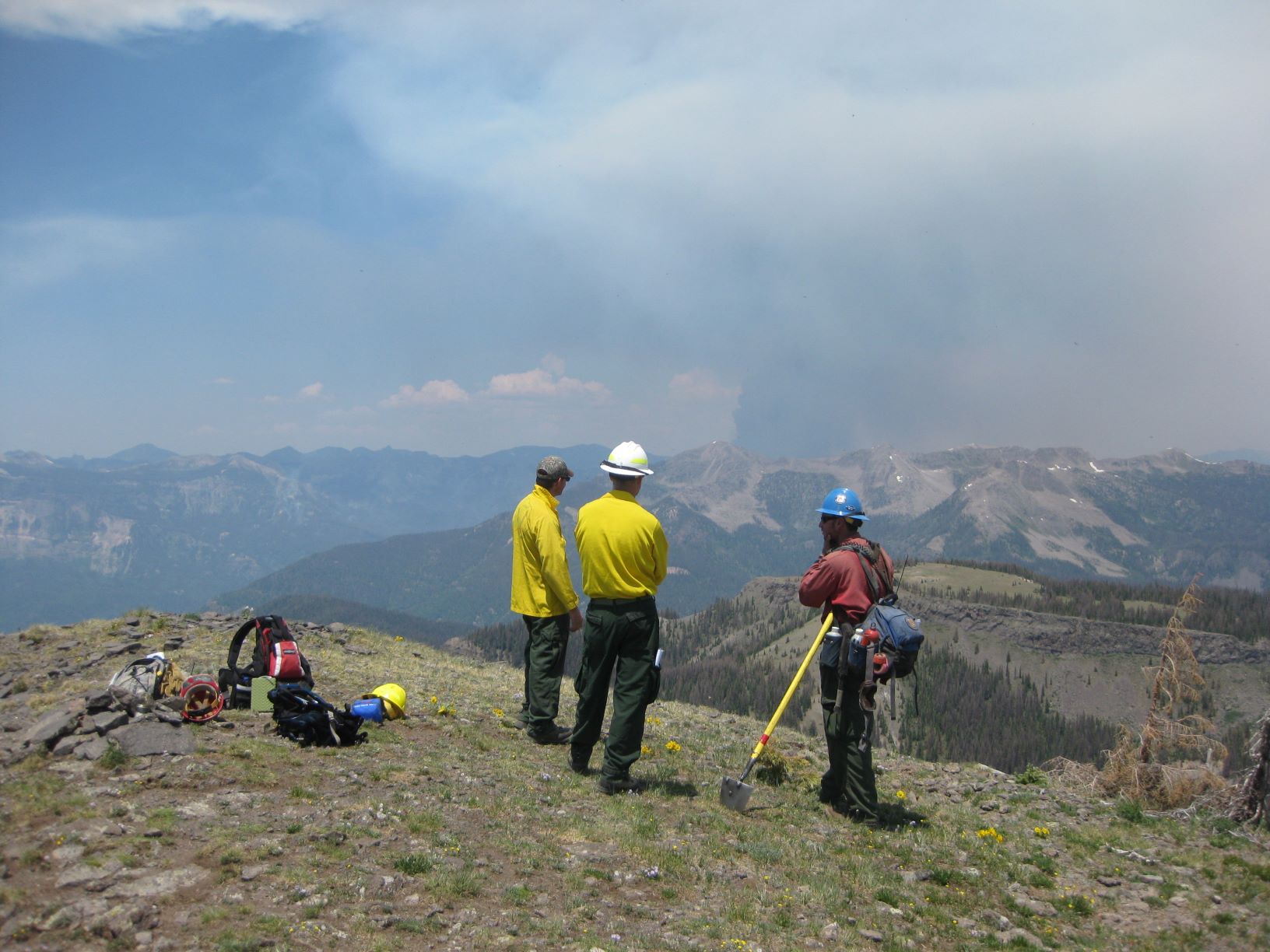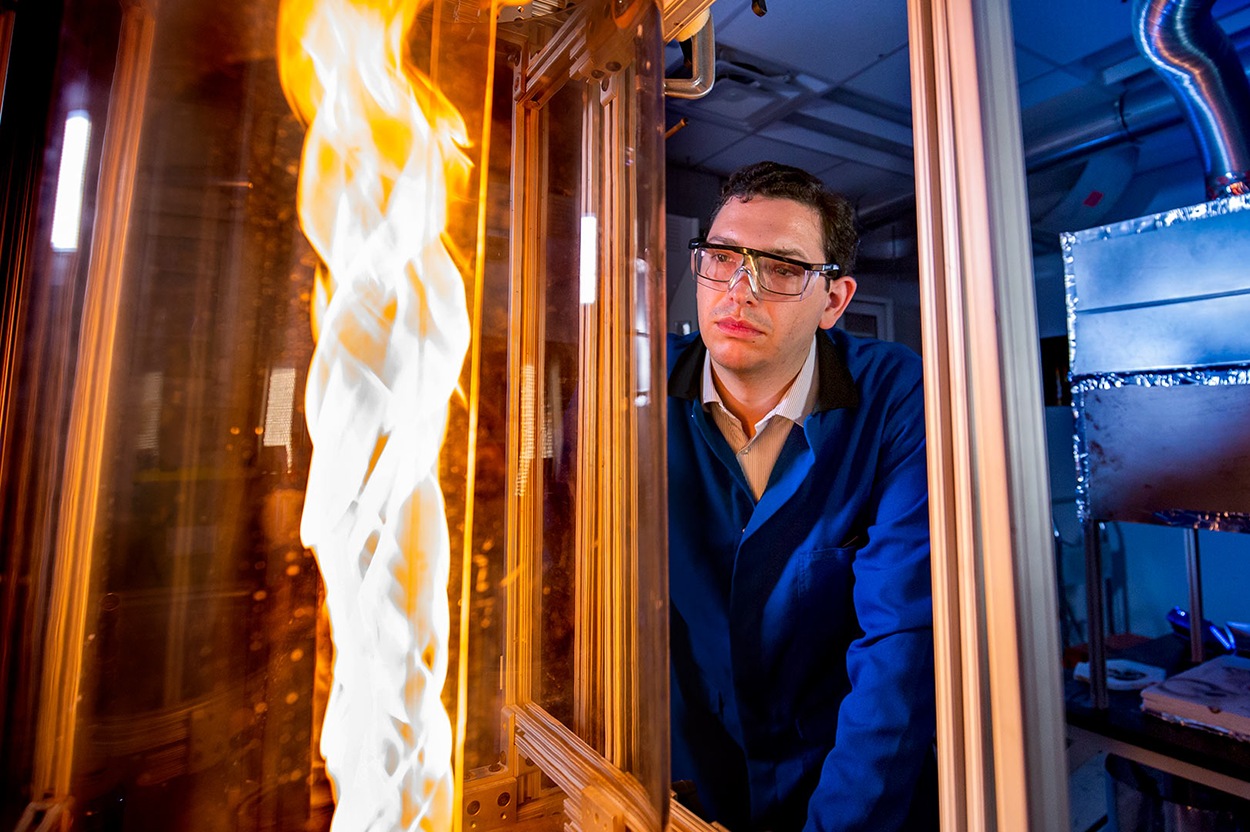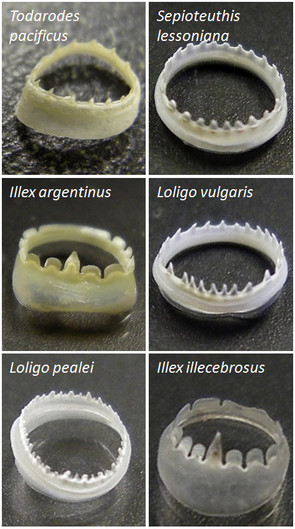News Story
NFPA Awards UMD Research in Pathways of Wildland-Urban Interface Fires
The National Fire Protection Association (NFPA) has awarded a University of Maryland (UMD) research team led by Fire Protection Engineering Assistant Professor Michael Gollner with the 2016 Fire Protection Research Foundation Medal. The award recognizes a project completed in the previous year that best expresses the foundation’s safety mission, commitment to overcome technical challenges and the collaborative approach to execution that is the hallmark of all Foundation projects.
The team's research project "Pathways for Building Fire Spread at the Wildland-Urban Interface" addresses the concerns over increasing wildfires in wildland urban interface (WUI) communities. According to their report, fires in the WUI communities are a rapidly growing problem in the U.S., and the last 15 years contain six of this century’s top ten most damaging U.S. single fire events. All of which occurred in WUI communities.
“In large WUI fires, many buildings burn down tens of hours after the main fire line passes through a community due to firebrand ignition," explains Gollner. "Firebrands and other smoldering debris slowly transition to flaming from innocuous sources that are difficult to identify, while the main fire front threatens new homes and communities miles away."
Gollner and his team state that a different thought process must be used to combat these kinds of fires, and that their report on pathways to fire spread identifies many gaps that need to be filled in order to prevent future WUI disasters.
Because of the multitude of characteristics and variables within WUI communities—wildland fuel, terrain and weather; home construction, materials and housing density; building design, physical barriers and separation distances; and more—there are many pathways for wildland fires to ignite and propagate within these areas.
The team's primary objective in their research was to identify the pathways for fire spread at the WUI and determine what gaps in information exist so they can contribute to and inform future fire prevention and protection strategies.
The team identified several major areas as gaps due to a lack of any existing science or guidance. These areas included: the appropriate separation distance between homes; the effectiveness of home fire sprinklers—both interior or exterior—in preventing home-to-home fire spread; standardized criteria for decking, fences and other outdoor materials including exposure to direct flame contact and firebrands as part of testing; the effectiveness of external coatings (foam, gel, etc.) and how and when they should be applied; and the effectiveness of different community planning techniques like fuel management and defensible space.

From left to right, UMD students Hakes and Caton, UMD alum Daniel Gorham (NFPA) and Gollner.
The team, which included UMD students Raquel Hakes, Sara Canton and Kyle Kohler, went on to present their findings at this year's NFPA's Conference and Expo held in Las Vegas, NV. The event was attended by more than 4500 individuals from across fire industry, government and research.

Gollner, student collaborators Hakes and Caton and alumni/Fire Protection Research Foundation staffer Dan Gorham present their findings during the Wildland Fire education session track at the NFPA conference. Source: NFPA Xchange.
In addition, the team presented their findings at a research planning workshop for the NFPA Technical Committee responsible for NFPA 1141, NFPA 1142 and NFPA 1144 which address standards on fire protection infrastructure for land development in wildland, rural, and suburban areas; water supplies for suburban and rural fire fighting; and reducing structure ignition hazards from wildland fire.
Following completion of the report, Caton, Hakes, Gorham and Gollner published a two-part review expanding on the report in Fire Technology, covering Exposure Conditions and Response of Components and Systems and Mitigation Strategies with additional support from the National Institute of Standards and Technology (NIST) and Joint Fire Science Program.
The project report has led to several exciting outcomes for the team. A collaboration with NIST, the Insurance Institute for Business and Home Safety and the University of North Carolina Charlotte will aim to close some of these knowledge gaps, particularly those related to firebrand generation and ignition of homes.
Caton, Hakes and Kohler began working on the projects as undergraduate students at UMD, and Caton and Hakes are now pursuing master's degrees in fire protection engineering at Maryland.
You can read their complete review and report here.
The National Fire Protection Association, Fire Protection Research Foundation, the National Institute of Standards and Technology, and the Joint Fire Science Program under project JFSP 15-1-04-4 provided financial support of this project.
Published June 27, 2016
